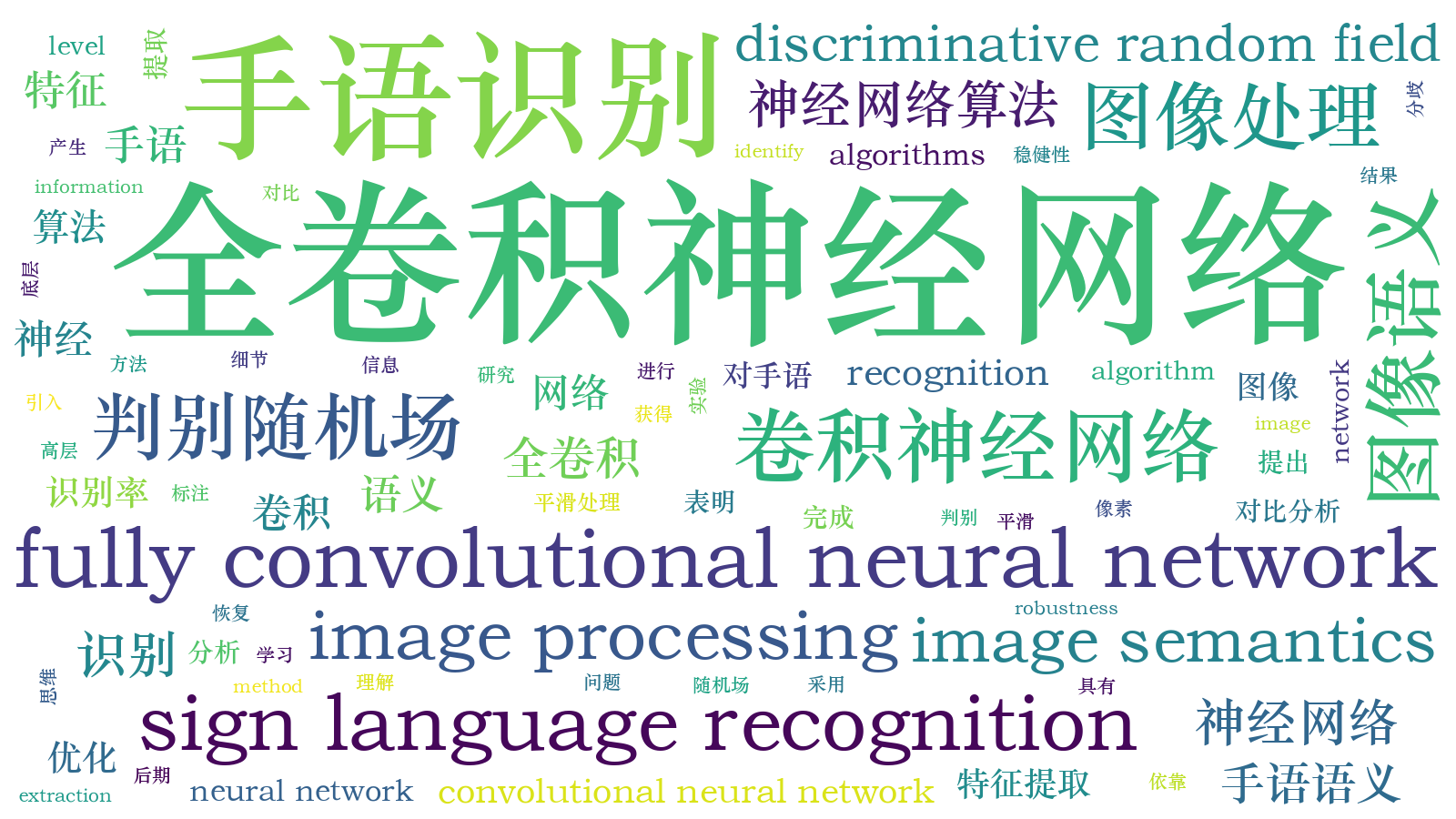激光与光电子学进展, 2018, 55 (11): 111010, 网络出版: 2019-08-14
基于优化全卷积神经网络的手语语义识别  下载: 1293次
下载: 1293次
Sign Language Semantic Recognition Based on Optimized Fully Convolutional Neural Network
图像处理 图像语义 手语识别 全卷积神经网络 判别随机场 image processing image semantics sign language recognition fully convolutional neural network discriminative random field
摘要
手语特征提取的传统算法仅仅依靠底层特征完成识别,难以获得高层语义特征,进而对手语理解产生分歧。针对这一问题,将图像语义分析的思维引入手语识别研究中,提出一种优化全卷积神经网络算法。采用全卷积神经网络提取手语图像的语义特征,并通过判别随机场进行语义标注做后期平滑处理,恢复像素间的细节信息,从而完成手语识别。实验结果表明,所提出的算法具有较强的稳健性,能有效学习到语义特征。与传统算法对比分析表明,此方法能精准的识别到手语,其平均识别率达97.41%。
Abstract
The traditional algorithms for the extraction of sign language features only rely on the low-level features to realize recognition, which makes it difficult to obtain the high-level semantic features and the misunderstanding of sign language is further induced. To solve this problem, the idea of image semantic analysis is introduced into the study of sign language recognition and then an optimized fully convolutional neural network algorithm is proposed. The fully convolutional neural network is used to extract the semantic features of sign language images and the discriminative random fields for semantic annotation is used for the post-smoothing to recover the detailed information among pixels and thus the sign language recognition is completed. The experimental results show that the proposed algorithm has strong robustness and can be used to obtain the semantic features effectively. Compared with the traditional algorithms, this method can be used to identify sign language accurately with an average recognition rate of 97.41%.
王民, 郝静, 要趁红, 史其琦. 基于优化全卷积神经网络的手语语义识别[J]. 激光与光电子学进展, 2018, 55(11): 111010. Min Wang, Jing Hao, Chenhong Yao, Qiqi Shi. Sign Language Semantic Recognition Based on Optimized Fully Convolutional Neural Network[J]. Laser & Optoelectronics Progress, 2018, 55(11): 111010.







